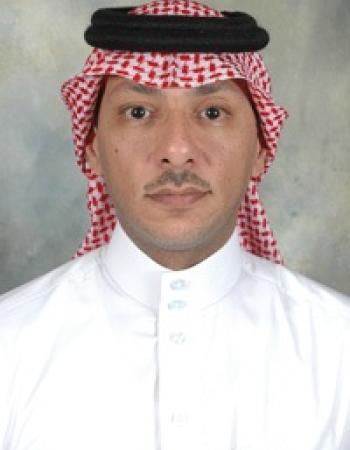Distribution and Accumulation of Polychlorinated Biphenyls (PCB), Polycyclic Aromatic Hydrocarbons (PAHs) and Organo-chlorine Residues in the Muscle Tissue of Labeo rohita
Ahmed, Shahid Mahboob1,2* , Salma Sultana2 , K.A. AlGhanim1 , F. Al-Misned1 , Tayyaba Sultana2 , Bilal Hussain2 and Z. . 2017
The aquatic ecosystem of the River Ravi is facing serious challenges due to anthropogenic activities. The aim of this research was to determine the concentration of some pesticides, polychlorinated biphenyls (PCBs) and polycyclic aromatic hydrocarbons (PAHs), in muscle tissue of Labeo rohita from the River Ravi in order to determine the health risks associated with the eating of this popular fish. Gas chromatography was used for the detection of the first two groups of pollutants and gas chromatography/flame ionization detection was used for the latter. The results revealed that pesticides and polychlorinated biphenyls were below the recommended upper limits of these residues in freshwater fish, but that PAHs exceeded recommended levels. Mean concentrations of total hexachlorocyclohexanes, cyclodiene pesticides, as well as 1,1,1-trichloro- 2,2-bischlorophenylethane and its metabolites (DDTs), were 0.092, 0.08 and 0.076 ng g-1 , respectively. The concentration of indicator-PCBs was 0.194 ng g-1 . The total PAHs detected were 0.4 μg g-1 . These pesticides were observed to have a pyrogenic source. The total toxicity equivalent concentration was determined as 0.03078 μg g-1 . © 2017 Friends Science Publishers

This current work revealed a single-step fabrication of tungsten oxide nanoflakes (WO3
NFs) with the help of Terminalia arjuna bark extract. Bioactive phytoconstituents of T. arjuna bark…

In the present work, the residual biomass of the green seaweed Ulva lactuca was chosen as feedstock to undergo separate
hydrolysis and fermentation process to produce bioethanol. The…

Waterbirds may be a good indicator of harmful metal levels in aquatic environments. Waterbirds’
organs and tissues were tested for the presence of pollutants, such as metals. However,
…

